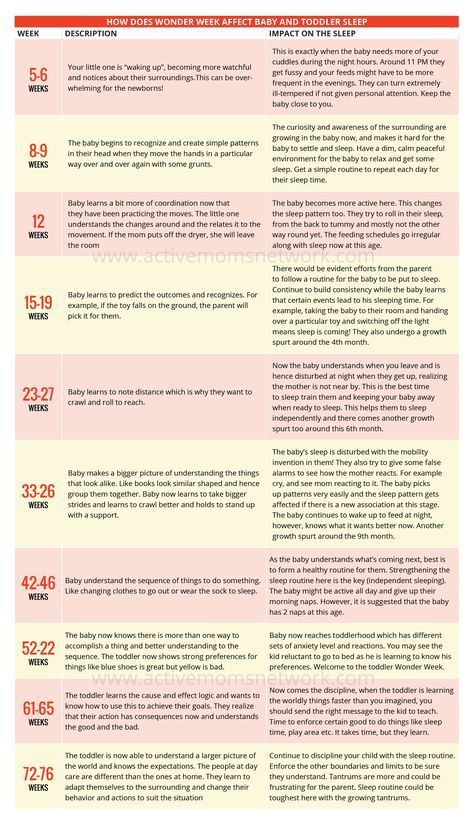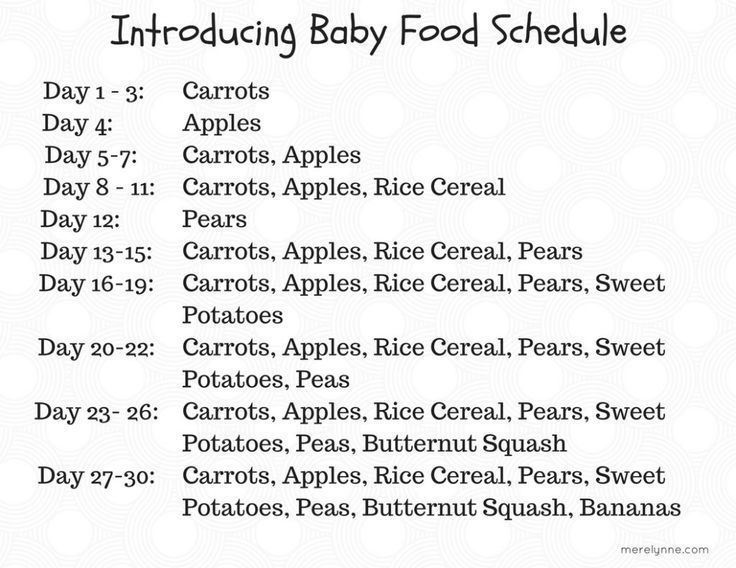Can i pump then feed my baby
How to combine breastfeeding and pumping into a schedule that works
Pumping breast milk — whether you are planning a return to work, or just need a few hours’ break — is a wonderful gift you can give to your baby. But it doesn’t come without stress. Caring for and breastfeeding your baby is difficult enough, but the idea of adding pumping into the mix can feel overwhelming. If you feel that way, you’re not alone.
“Nursing and pumping may come with unexpected demands,” says Dr. Nikki L. Roberts, an OB-GYN at CareMount Medical in Duchess County, New York. However, she assures that the majority of breastfeeding parents are able to pump without encountering serious roadblocks.
The keys to success, according to Roberts? Patience, setting realistic goals and cutting yourself a whole lot of slack. Here are some tips for how to combine breastfeeding and pumping into a reasonable schedule that works.
1. Pump after breastfeedingYou might be wondering when the best time to pump is. Should you pump before nursing, or is it best to pump after?
Experts agree that you should put your baby’s breastfeeding needs first and pump after breastfeeding. Roberts recommends delaying pumping until about two weeks after birth, or when your milk supply is established.
“Once you are ready to start pumping, nurse your baby, then pump afterward,” she says. “Waiting about 30 minutes after you’re done with breastfeeding is helpful, as well.”
2. Continue to breastfeed on demand“Once you are ready to start pumping, nurse your baby, then pump afterward. Waiting about 30 minutes after you’re done with breastfeeding is helpful, as well.”
— DR. NIKKI L. ROBERTS, OB-GYN
Feed your baby according to their own schedule, even as you pump, says Roberts. This will amount to breastfeeding every two to three hours, including at least once at night.
“I nurse my baby on demand, which means anytime day or night,” says Karen Walsh, a lactation consultant from Bellmore, New York, who is certified with the International Board of Lactation Consultant Examiners.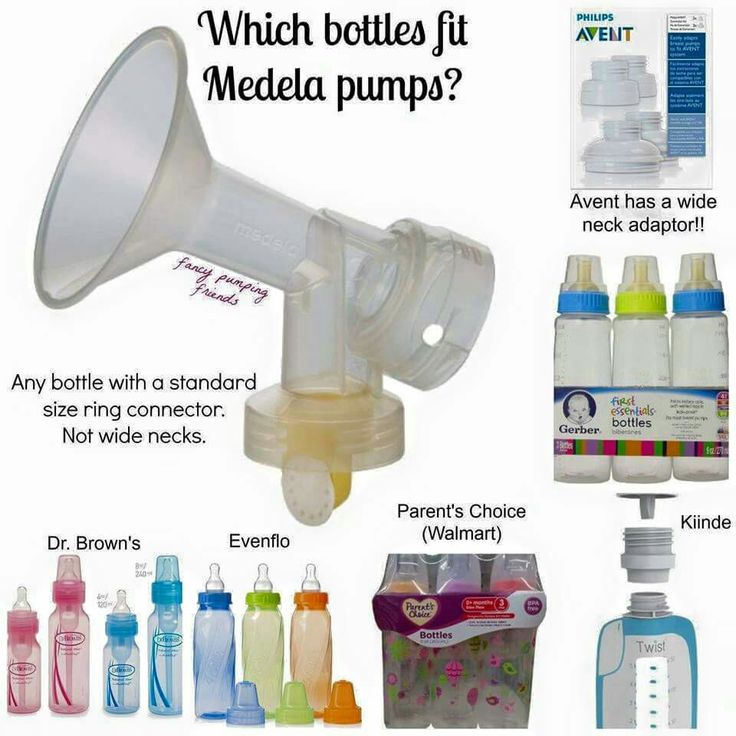
Walsh shares that pumping the other side while she nurses has been very helpful and allows her to meet her daughter’s needs while building up her freezer stash. When she can’t do that, she has her husband hold the baby while she pumps.
3. Keep your stress in checkStress isn’t just unpleasant; it can make pumping less successful.
“Stress can reduce your supply, in general,” says Donna Kimick, a board-certified lactation consultant at Lakeshore Lactation in Massapequa Park, New York. “It can also increase your cortisol levels and therefore decrease important milk-making hormones. It’s a good idea to try to stay calm while pumping.”
“Stress can reduce your supply, in general. It can also increase your cortisol levels and therefore decrease important milk-making hormones. It’s a good idea to try to stay calm while pumping.”
— DONNA KIMICK, LACTATION CONSULTANT
Kimick recommends keeping a piece of your baby’s clothing in a zip-close bag near you and then smelling it as you are pumping. This can help you relax and let down more easily while pumping.
This can help you relax and let down more easily while pumping.
“I found I had the most milk in the morning,” says Cordelia Newlin de Rojas, mom of two from Merida, Mexico, and founder of Multilingual Mama. “I was very worried about having sufficient milk once I went back to work, so I would pump after I had nursed the baby in the morning.”
Indeed, says Roberts, many parents find they produce more milk in the morning. “If you are unable to pump after every feed, focus on pumping in the morning,” she says. “The difference may be small, but you may find that the total volume of milk produced is greater.”
5. Develop a de-stressing technique“If you are unable to pump after every feed, focus on pumping in the morning. The difference may be small, but you may find that the total volume of milk produced is greater.”
— DR. NIKKI L. ROBERTS, OB-GYN
There are many methods breastfeeding parents utilize to reduce stress while pumping, including listening to music, meditation, visualization and looking at pictures of their baby if they are apart. Distracting yourself can also work wonders, a fact that Newlin de Rojas stumbled on by accident.
Distracting yourself can also work wonders, a fact that Newlin de Rojas stumbled on by accident.
“A friend of mine was upgrading her iPod, and she gave me her old video iPod with a couple of seasons of ‘The West Wing’ loaded on it,” she says. “I decided to try pumping while watching the program. I went from struggling to get 1 to 2 ounces to filling 6-ounce milk bags!”
6. Stock up on helpful suppliesDonna Kimick recommends using a hands-free pumping bra, where the pump flanges fit into your bra, leaving your hands free to hold your baby or tend to work. There are also breast shells like Milkies Milk Saver or manual pumps like the Haakka that collect any milk that leaks between feedings or while you nurse.
Liz Whalen, a mom from Little Neck, New York, recommends having multiple pump parts on hand in case anything gets misplaced or damaged. She also shared a game-changing trick she learned.
“I read in a support forum about putting all the pump parts into a zip-lock and refrigerating them until the next pump,” she says. “I had been washing the pump parts out after every single pump, so that was a life-changing revelation for me.”
“I had been washing the pump parts out after every single pump, so that was a life-changing revelation for me.”
Kimick gives this time-saving trick her stamp of approval and says refrigerating bottles and pump parts can help prevent bacteria from growing. Although if you have a premature or ill baby, she recommends checking with your doctor regarding pump sanitizing guidelines. You may also need to take extra sanitizing precautions if you are currently infected with COVID-19.
7. Have realistic expectationsExpecting perfection with pumping can cause stress, advises Roberts. For example, she shares that the amount you pump isn’t always consistent and may even change over time. Many breastfeeding parents will still be able to pump 2-3 ounces after breastfeeding their babies, she says, though this amount can differ from one parent to another.
You have to learn to meet yourself where you’re at, try not to compare yourself to other parents and keep a positive attitude.
Wondering how an actual pumping and breastfeeding schedule might look? Here’s an example, based on a young infant with an already established breastfeeding schedule and a breastfeeding parent who has access to their baby throughout the day.
Please note: This is only meant to serve as an example of one way a breastfeeding and pumping schedule might look. Every baby and breastfeeding parent has different needs and habits, so find the rhythm that works for you and your child.
Sample breastfeeding and pumping schedule| 6 a.m. | Breastfeed |
| 7 a.m. | Pump |
| 9 a.m. | Breastfeed |
| 12 p.m. | Breastfeed |
| 1 p.m. | Pump |
| 3 p.m. | Breastfeed |
| 6 p.m. – 8:30 p.m. | Breastfeed/put baby to bed |
| 10 p.m. | Pump |
9.
 Ask for help if you’re struggling
Ask for help if you’re strugglingMost importantly, says Roberts, remember you are not meant to do this alone.
She advises parents to set up a meeting with a lactation consultant if they are experiencing challenges with pumping. “Having a specialist observe and make recommendations can be helpful in a potentially frustrating situation,” she says.
There are other support options as well, such taking a breastfeeding class, or connecting to other breastfeeding parents online, Roberts suggests.
Support can be instrumental in helping you meet your breastfeeding and pumping goals. Some online breastfeeding support groups to consider joining include:
- La Leche League International Breastfeeding Support
- KellyMom Breastfeeding Support
- The Leaky Boob Community Group
- Dairy Queen Breastfeeding Support
- Milky Mamas Breastfeeding Support
Combining Breastfeeding and Pumping: Reason, Tips, and More
Combining Breastfeeding and Pumping: Reason, Tips, and MoreMedically reviewed by Mia Armstrong, MD — By Catherine Crider on August 24, 2021
Peanut butter and jelly.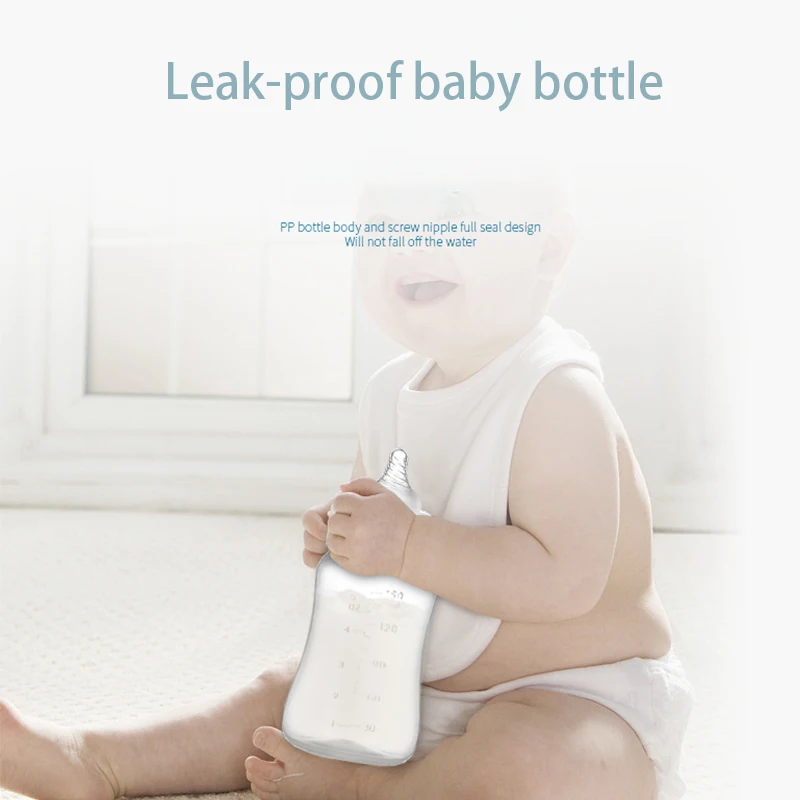 Movies and popcorn. Shoes and socks. Some of the best things in life come in combos. But what about breastfeeding and pumping?
Movies and popcorn. Shoes and socks. Some of the best things in life come in combos. But what about breastfeeding and pumping?
If your milk supply is low or you just need some extra expressed milk for bottles, you may be wondering how to combine breastfeeding and pumping, if it will increase your supply, or if there are any downsides to it.
Have no fear: We’ve got answers! Plus we have some tips if you do decide to try breastfeeding and pumping.
There are many reasons you might choose to do a combination of breastfeeding and pumping. A few common ones include:
- Increasing your milk supply. Breast milk production generally works on supply and demand. The more milk is drawn out, the more milk your breasts may potentially make. If you are trying to increase your milk supply, this can be a good first step to try.
- Helping with discomfort. This involves clearing milk out of your breasts to help with clogged ducts and mastitis (inflammation of breast tissue).

- For bottles. You may want to have some breast milk for bottle feeding if you need to be away from your baby for any length of time.
- Breastfeeding difficulties. If your baby has challenges latching or drinking a sufficient amount from your breast alone, it can be helpful to have some extra milk on hand to follow up breastfeeding with a bottle.
If you’re considering combined breastfeeding and pumping, here are a few suggestions to help you get started:
- Breastfeed first. It’s generally best to pump after breastfeeding. That way your little one can have their fill first, you’ll be able to empty your breasts fully after, and your breasts will have maximum time to refill before the next feed!
- Use your hands. Hands-on pumping and hand expression can help to increase the amount of milk you get out of your breasts. Doing these things can also help increase the amount of milk your breasts produce in the future.

- Get storage. You may wish to use a Haakaa silicone breast pump or other milk storage container to collect the milk leaking from the breast your baby is not currently using, so this milk isn’t lost before you pump.
- Find the best fit. Before pumping, make sure to double-check the flanges to make sure that they fit properly. This can help prevent damage to your nipples and discomfort while you pump.
- Keep accessories handy. You may want to place a few baskets around your house near your favorite breastfeeding locations that hold a water bottle, easy-to-eat adult snacks, nipple cream, burp clothes, wipes, and diapers, so you don’t have to get up to look for these items once you start feeding and pumping.
- Learn bottle feeding techniques. Use the paced bottle feeding method to help ensure that your baby is more likely to want to continue breastfeeding. (As an added bonus, a 2018 study showed that this may just help to prevent respiratory and ear issues!)
- Warm up.
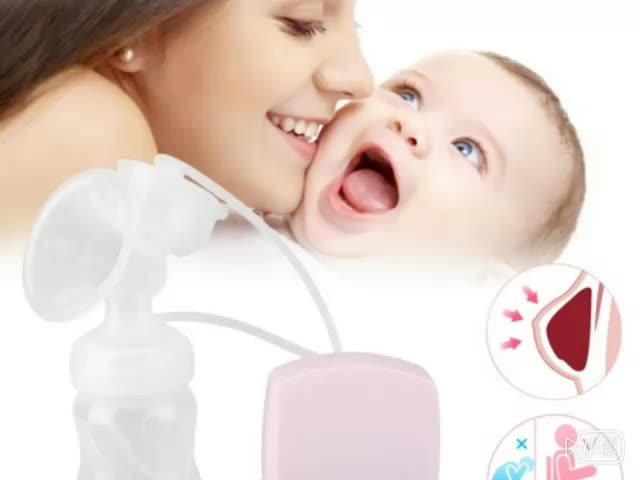 If you’re having trouble getting your body to let down with the pump, consider placing something warm on your chest first and looking at videos of your little one while you pump.
If you’re having trouble getting your body to let down with the pump, consider placing something warm on your chest first and looking at videos of your little one while you pump.
What is power pumping?
If your goal is to increase your supply, you may want to consider a technique known as power pumping. Power pumping mimics the more frequent feeding style of an infant who is cluster feeding.
Exact power pumping schedules can vary. Generally, you’ll want to try pumping for 1 to 2 hours per day for 1 or 2 weeks to increase your milk supply.
A sample power pumping routine might look like this:
- 20 minutes pumping
- 10 minutes rest
- 10 minutes pumping
- 10 minutes rest
- 10 minutes pumping
- 10 minutes rest
Potential benefits
- increasing the amount of milk your breasts produce
- extra expressed breast milk for periods of separation or if you become ill
- relieving engorgement pressure and helping prevent clogged ducts
- encouraging your baby to accept bottle feeding so they don’t rely solely on breastfeeding
Potential downsides
- Oversupply issues, such as clogged ducts, engorgement, and mastitis, may occur if the additional pumping increases your supply too much.

- Milk can spoil if it’s not properly handled and stored.
- More pumping will mean more things to keep sanitized to prevent the spread of germs.
- Pumping supplies add additional costs.
- Your breasts/nipples may be more tender due to the longer amounts of suction.
You should speak with your doctor or your child’s pediatrician for guidance if you have any specific health concerns or if problems develop when you combine breastfeeding and pumping.
Making decisions around formula, breast milk, and pumping can feel overwhelming. Being informed can help you feel more confident in whatever choice you make.
There are many individuals and organizations that can offer you advice and resources. A few places you can reach out are:
- La Leche League International
- a local breastfeeding support group
- a private lactation consultant (IBCLC)
- your child’s pediatrician
- Women, Infants, and Children (WIC) program
- Nursing Mother’s Counsel
If you find that your breast milk supply is lower than you (or your baby) would like it, a combination of breastfeeding and pumping might help. Pumping after breastfeeding sessions can also offer a way to collect breast milk for bottles when you need some extra sleep or have to be away from your baby for an extended period of time.
Pumping after breastfeeding sessions can also offer a way to collect breast milk for bottles when you need some extra sleep or have to be away from your baby for an extended period of time.
Schedules for breastfeeding and pumping can vary depending on many factors, so you may want to discuss your situation with a lactation consultant.
If you experience breast discomfort or find that your milk supply is at an uncomfortable level, you’ll want to talk with your doctor or a lactation professional. Their support can help to make your experience breastfeeding and pumping a more comfortable one. It’s important to remember that everyone’s experiences are different!
You may find that you love doing a combination of breastfeeding and pumping, or you might discover just like peanut butter and jelly, it’s overrated to you. It’s OK to feel however you feel. There’s no one right answer when it comes to feeding a baby!
Last medically reviewed on August 24, 2021
- Parenthood
- Baby
- Post Delivery
How we vetted this article:
Healthline has strict sourcing guidelines and relies on peer-reviewed studies, academic research institutions, and medical associations. We avoid using tertiary references. You can learn more about how we ensure our content is accurate and current by reading our editorial policy.
We avoid using tertiary references. You can learn more about how we ensure our content is accurate and current by reading our editorial policy.
- Avital A, et al. (2018). Feeding young infants with their head in upright position reduces respiratory and ear morbidity.
ncbi.nlm.nih.gov/pmc/articles/PMC5920104/ - Hemmelmayr A. (2016). Power pumping — super stimulation for milk production.
cdn.website-editor.net/fbecae35f0d04078b90baf90c3032ed5/files/uploaded/EN%20Power-Pumping.pdf - Increasing supply. (2018).
breastfeeding.asn.au/bf-info/common-concerns–mum/supply
Our experts continually monitor the health and wellness space, and we update our articles when new information becomes available.
Current Version
Aug 24, 2021
By
Catherine Crider
Edited By
Afton DeLucca
Medically Reviewed By
Mia Armstrong, MD
Copy Edited By
Sofia Santamarina
Share this article
Medically reviewed by Mia Armstrong, MD — By Catherine Crider on August 24, 2021
related stories
11 Benefits of Breastfeeding for Both Mom and Baby
Breastfeeding Diet 101: What to Eat While Breastfeeding
Breastfeeding vs.
 Formula: The Pros and Cons
Formula: The Pros and Cons21 Tips from an Expert on How to Breastfeed
How to Handle Food Poisoning While Breastfeeding
Read this next
11 Benefits of Breastfeeding for Both Mom and Baby
Medically reviewed by Valinda Riggins Nwadike, MD, MPH
Breastfeeding has many benefits for both babies and their mothers. It can protect against illness and disease while promoting a healthy weight.
READ MORE
Breastfeeding Diet 101: What to Eat While Breastfeeding
By Adda Bjarnadottir, MS, RDN (Ice) and Jillian Kubala, MS, RD
Here's how to keep both you and your baby healthy while breastfeeding. We've rounded up what to eat, what to avoid, and how to squeeze in nutrients.
READ MORE
Breastfeeding vs. Formula: The Pros and Cons
Medically reviewed by Meredith Wallis, MS, APRN, CNM, IBCLC
Choosing to breastfeed or bottle-feed with formula is one of the first important decisions.
 Here’s how to decide what’s right for you and your baby.
Here’s how to decide what’s right for you and your baby.READ MORE
21 Tips from an Expert on How to Breastfeed
Medically reviewed by Mia Armstrong, MD
From addressing common problems to tips on latching, pumping, products, and more, here are 21 helpful tips on how to breastfeed successfully.
READ MORE
How to Handle Food Poisoning While Breastfeeding
Medically reviewed by Karen Gill, M.D.
Getting food poisoning while breastfeeding is no fun, but the good news is, you don't have to quit nursing baby. In fact, it can actually help protect…
READ MORE
Does Swaddling Increase the Risk of SIDS?
Medically reviewed by Mia Armstrong, MD
Is swaddling safe, or is it a risk factor for SIDS? Here's what the most recent research says.

READ MORE
Antidepressants in Pregnancy Aren't Linked to Increased Neurological Issues in Children
A cohort study of antidepressant use in pregnancy found that the rate of neurological disorders in children born to those who took antidepressant…
READ MORE
These Guided Pregnancy Journals Will Help You Document All the Feels
Medically reviewed by Meredith Wallis, MS, APRN, CNM, IBCLC
The pregnancy and postpartum periods are full of emotions (rightfully so!), and these pregnancy journals are a great place to document it all.
READ MORE
What You Need to Know If You’re Having a High Risk Pregnancy
Medically reviewed by Valinda Riggins Nwadike, MD, MPH
A high risk pregnancy is any pregnancy that comes with increased health risks for either the pregnant parent, the fetus, or both.

READ MORE
What Are Conjoined Twins?
Conjoined twins are identical twins who are born connected and likely share one or more organs. We explain how they develop and when separation is…
READ MORE
Article "Pumping - when and how?"
There are times in the life of mother and baby when breastfeeding is either impossible or difficult for some reason. For example, a child has to be left without a mother for several hours - which means that a supply of milk is needed for him. Or in the case when the baby sucks badly at the breast, but eats well from the bottle, and pumping is the only way to feed him.
This can happen if the baby is born prematurely, and the very process of sucking the mother's breast turns out to be hard physical work for him - such an infant can also be offered expressed milk.
The same applies to the situation when the baby is ill and feeling unwell prevents him from fully sucking, as he is too weak to make the efforts necessary to "extract" breast milk. In this case, it should be expressed for 2 reasons: firstly, to provide the child with complete and optimal nutrition for him, and secondly, to maintain lactation.
In this case, it should be expressed for 2 reasons: firstly, to provide the child with complete and optimal nutrition for him, and secondly, to maintain lactation.
Situations are different, so it is important to understand why pumping is necessary, how to do it correctly and what are the conditions for storing breast milk.
When and why to express?
Pumping is the process by which a nursing mother manually or with the help of a breast pump extracts milk from her breast.
This is not a mandatory procedure for everyone, and it does not need to be carried out after each feeding, since the milk in the female breast is formed exactly as much as is needed to saturate the baby at a certain age. Those. how much milk the baby ate in one feeding - so much will appear in the breast by the next.
But if, after applying, you also express the rest of the milk, then by the upcoming feeding it will be produced more than the child can eat - and this often leads to stagnation of milk (lactostasis).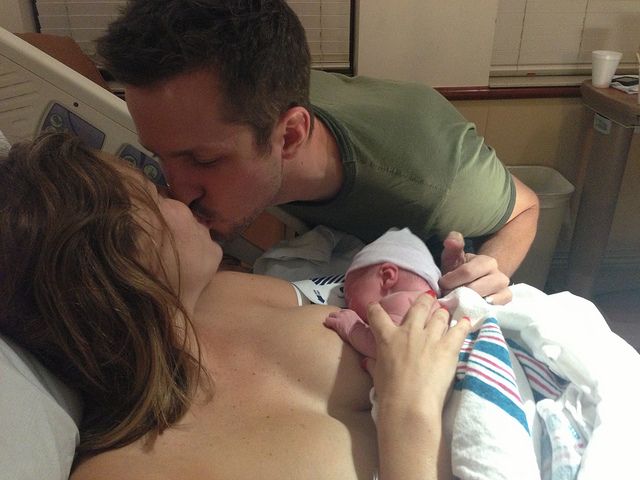
Milk should be expressed when:
-
Having to bottle feed or supplement a baby for one reason or another. If at the same time the pediatrician did not forbid the baby to eat breast milk, then the mother needs to feed the baby expressed.
-
The baby is left without a mother for a long time. There are times when a woman needs to go away, and she cannot take the child with her. In this case, you can leave a supply of milk for several hours, after decanting it.
-
Mom is sick. It happens that during lactation a woman becomes seriously ill and is forced to take medications that penetrate into breast milk, which is strictly forbidden to give to a child. Medicines contained in milk, once in the child's body, can have an adverse effect on it. To prevent this from happening, the pediatrician will help you choose the milk formula that you need to feed the baby during the mother’s illness. Pumping in such a situation will help a woman maintain lactation until recovery.
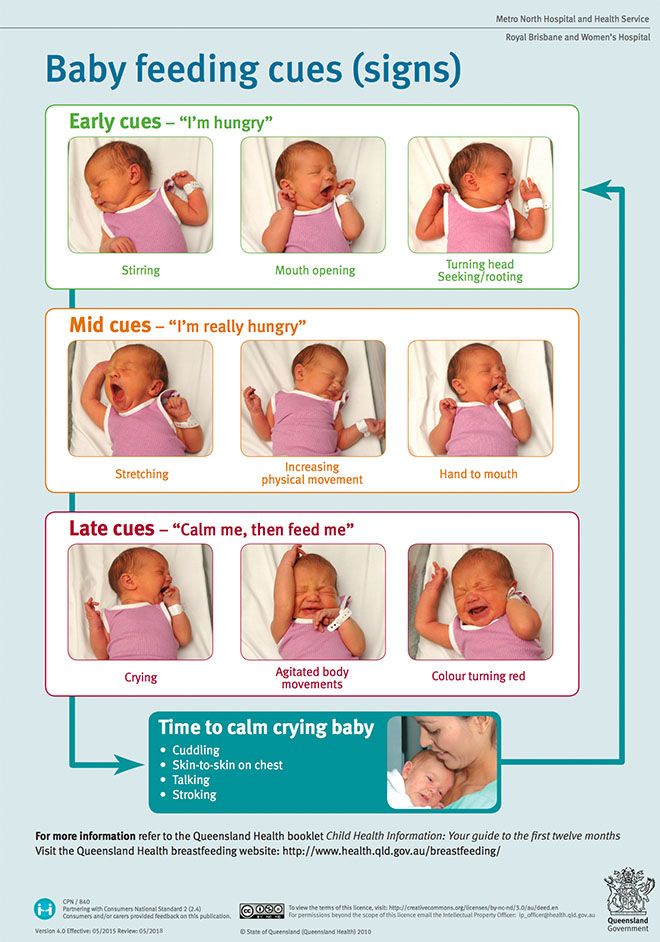
-
Mom goes to work. A mother's return to work before the end of lactation can put her before a choice: transfer the baby to formula milk or feed it with expressed milk. Recently, more and more parents are choosing the latter option, since breast milk is much healthier than artificial nutrition.
-
Injured nipples. With improper care and attachment of the child to the breast, cracks may appear on the nipples. Feeding in this condition of the nipples becomes very painful for the mother, and then the baby should be briefly transferred to expressed milk from a bottle. This is useful because the nipples are less likely to get irritated when they are expressed than when they are sucked by an infant. In a few days, the nipples will heal, and it will be possible to resume feeding the crumbs directly from the breast.
-
There is a risk of lactostasis. A child, especially in the first days after birth, is not always able to suck out all the milk.
 To avoid lactostasis, mom needs to express excess milk. If this is not done in a timely manner, stagnation of milk can lead to inflammation of the mammary gland - mastitis. However, you must follow all the rules of pumping and do not resort to it after each feeding: this will only increase the flow of milk.
To avoid lactostasis, mom needs to express excess milk. If this is not done in a timely manner, stagnation of milk can lead to inflammation of the mammary gland - mastitis. However, you must follow all the rules of pumping and do not resort to it after each feeding: this will only increase the flow of milk. -
Not enough milk is produced. Pumping will help normalize lactation, as it leads to an increase in the production of milk in the breast, which can be useful during a lactation crisis.
5 pumping inhibitions
In order not to harm herself and not leave the baby without breast milk, the mother must know and be sure to follow the basic rules of pumping:
-
Do not express more than 3 times a day if pumping is combined with breastfeeding because this will lead to excess milk production. If the mother is sick and the baby is not applied to the breast, it is necessary to express with a frequency approximately equal to the number of feedings (on average, once every 3 hours - 8 times a day).

-
Do not express immediately after feeding, as this may lead to hyperlactation, ie. increased milk production.
-
Do not express "to the last drop". The main indicator by the end of pumping should be a feeling of relief in the chest. The female body regards the emptying of the breast without a trace as an increased need for milk by the child - and begins to produce more milk, which the baby cannot eat, therefore, there will be a threat of milk stagnation.
-
Do not express during the night, as this may also lead to the formation of excess milk. The main hormone responsible for milk production - prolactin - has a daily rhythm of formation, most of all it is produced at night, in response to the baby sucking or pumping.
-
Do not express on the first day after the arrival of milk. Usually, when lactation begins, more milk is produced than the newborn needs, and it is necessary to get rid of its excess. Therefore, just at the time of the arrival of milk, you can not express everything without a trace.
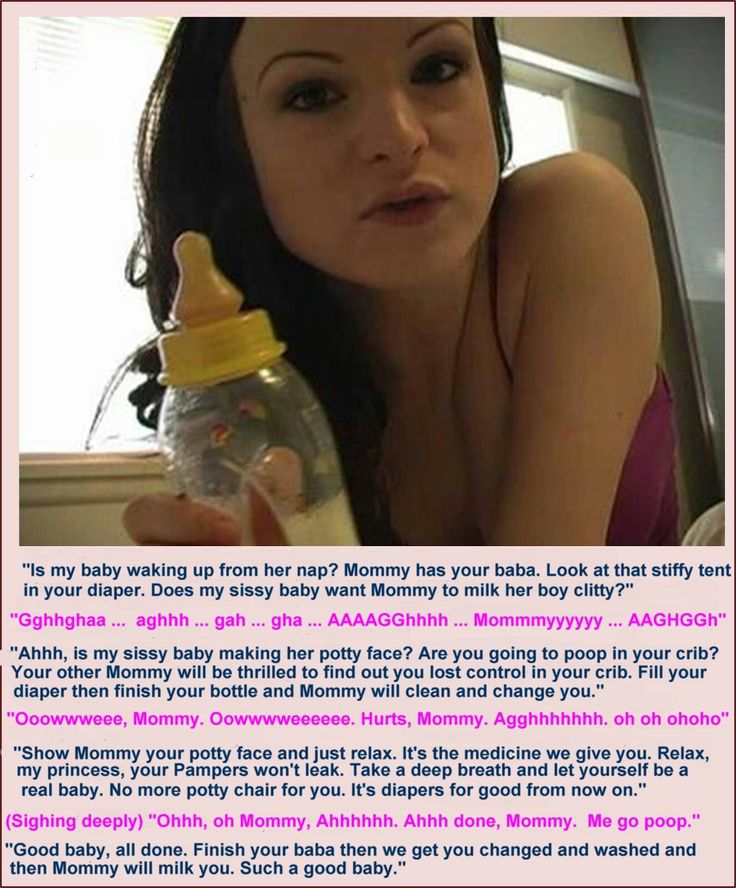 If the breast is very dense, then it is recommended to express only a small amount of milk so that it becomes softer and the baby can fully capture and eat it.
If the breast is very dense, then it is recommended to express only a small amount of milk so that it becomes softer and the baby can fully capture and eat it.
Substances that signal that milk is being produced in excess appear in the filled breast after about 1 day. If you express all the milk accumulated in the chest earlier than in a day, then it will be produced in the same amount.
Hand Expression Technique
There are two ways to express - manually and with a breast pump. Usually, each mother chooses the most convenient option for her. It is better to do it manually at home, when a woman has enough time, since the whole process will take some time. Breast pumps will help a working mother, which greatly facilitate the pumping process.
Rules for hand pumping
It is best to express milk 10-15 minutes after the end of feeding the baby. Wash your hands thoroughly beforehand. If you use any breast cream, wipe the skin and nipples with a cotton swab or pad soaked in breast milk. Prepare a wide-mouth milk container by first washing it under running water and then sterilizing it (by boiling, in a steam sterilizer or in a dishwasher).
Prepare a wide-mouth milk container by first washing it under running water and then sterilizing it (by boiling, in a steam sterilizer or in a dishwasher).
Sit comfortably, keeping your back straight, because pumping can take some time, and an uncomfortable position can cause back pain.
Gently grasp the chest: the little finger is under the chest at the ribs, the remaining fingers are positioned so as to support the chest from below. The thumb lies on top, about 3-4 cm from the nipple. In this case, the thumb and forefinger are located opposite each other, forming the letter "C".
Use your thumb and forefinger to gently press down on your chest and hold this position for a few seconds. In no case do not bring your fingers together, they should remain in the same position, the letter "C".
Repeat pressing, moving the palm in a circle - this way you will use all the ducts of the mammary gland.
Be patient, milk may not come out immediately, but only after a while. If you are pumping for the first time, check with your doctor or lactation consultant beforehand to show you how to proceed.
If you are pumping for the first time, check with your doctor or lactation consultant beforehand to show you how to proceed.
Manual pumping errors
Do not squeeze the nipple: this way you will only hurt yourself and injure the breast, and you will not express milk fully.
Do not press the palm too tightly against the skin, moving the hand across the chest so that there is no irritation and microtrauma.
Do not give up at the first unsuccessful attempts, be patient.
Breast pumps
Breast pumps make pumping much easier, because they are designed to fit all the anatomical features of the female breast.
Which one to choose? Breast pumps are divided into mechanical and electrical. In the first case, the pumping process is carried out manually: by squeezing the “pear”, the woman starts the suction mechanism. Electric models are good because they work independently: from the mains or from batteries (batteries, accumulators) and do not require additional effort on the part of the woman.
Mom usually chooses a breast pump model according to her taste and financial capabilities. It should be borne in mind that devices powered by batteries lose power faster than devices powered by the mains.
Many women are confused by the fact that electric breast pumps are loud enough. To date, there are a large number of silent devices, which is recommended to pay attention to when buying. The most effective are electric breast pumps that express both breasts at the same time and have the option of adjusting the thrust force and suction speed.
When choosing a breast pump, pay attention to the presence of the “boil and sterilize” marking. There must be the possibility of such heat treatment of parts of the apparatus. If the model cannot be boiled and sterilized, it is better to refuse to purchase it and look for another one.
Rules for expressing with a breast pump
Before pumping for the first time, carefully read the instructions for the device.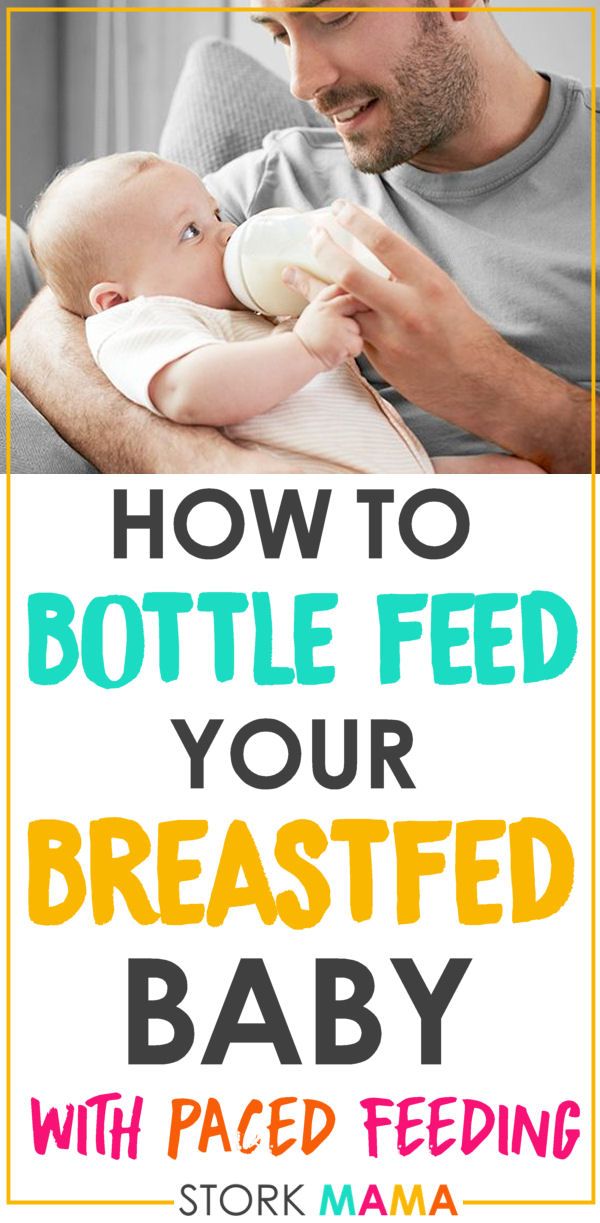 Check that it is properly assembled.
Check that it is properly assembled.
Sterilize the funnel and sump (boil or use a sterilizer).
Position the funnel so that the nipple is in the center of the funnel.
The draw should be the lowest, especially at first, until the breast is accustomed to expressing with a breast pump. Each breast must be pumped until a feeling of relief, add 2 minutes to this time. On average, the process will take about 15 minutes.
Pumping, like manual pumping, should be carried out some time after feeding.
Basic mistakes when expressing with a breast pump
Incorrect position of the funnel of the breast pump can cause pain to the woman. Remember: the nipple should be located strictly in the center of the funnel of the device.
Very long pumping. Do not exceed the time required to collect milk, this can lead to hyperlactation (production of excess milk).
Very strong traction. If your breast pump has a selectable thrust function, you should use the smallest one so as not to hurt your breasts.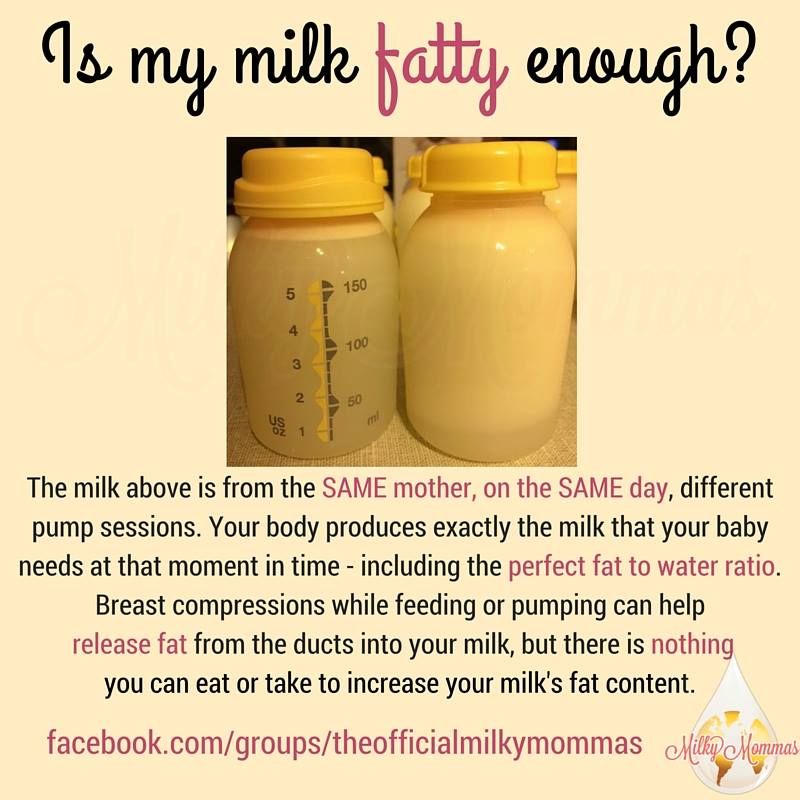
Care of the breast pump. A breast pump, like any machine, needs proper care. It must not be clogged so as not to contaminate the milk.
Each model has a care instruction, which you should definitely read before using the device.
When washing, always disassemble the pump completely, removing even the smallest parts. This will prevent stagnation of milk residues in them.
Before each use, sterilize all parts of the machine that come into contact with milk. This can be done with a sterilizer.
Milk defrosting
Never thaw or heat breast milk in a microwave oven. When heated in the microwave, the milk warms up unevenly, while feeding the baby can burn. Also, due to the rapid heating of frozen milk when using a microwave, most of the useful properties of this invaluable product are lost.
To defrost breast milk, place it on the refrigerator shelf, and when it becomes liquid, heat it up. To do this, lower the milk bottle into hot water or put it under hot water. Also, special heaters can be used to warm milk.
Also, special heaters can be used to warm milk.
If you have questions or don't know how to express, it's worth talking to a specialist. The doctor will not only tell, but also show how to do it correctly, give recommendations on the pumping schedule and advise which method is better to choose.
Remember that milk is undoubtedly a valuable food for the baby, but feeding with expressed milk should be used in exceptional cases.
At the School of Moms, our doctors talk in detail not only about how and when to express milk correctly, but also about how to properly attach a baby to the breast, how to avoid common problems with breastfeeding, such as lactostasis, as well as the rules for self-examination mammary glands.
Solving five breastfeeding problems after the first month
Expert advice on solving the top five breastfeeding problems that may arise after the first month.
Share this information
Cathy Garbin, child health nurse, midwife and lactation consultant:
Cathy, a mother of two, was a research fellow at the renowned Human Lactation Research Institute, founded by Peter Hartmann, for seven years, providing support to breastfeeding mothers in clinics and at home.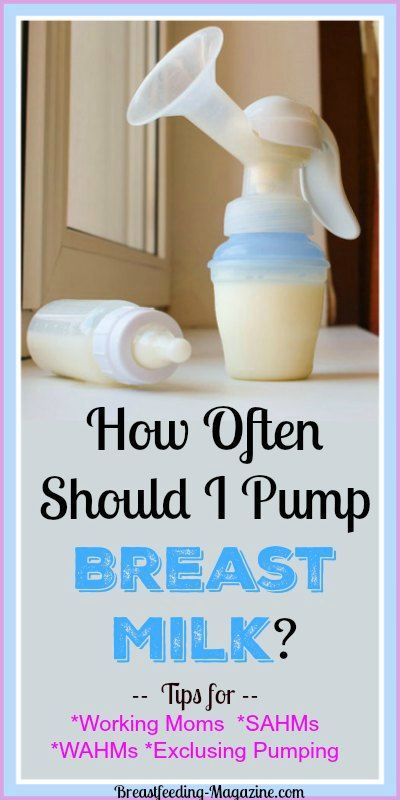 Today, she still works as a family counselor, and also conducts seminars for attending physicians and speaks at international conferences.
Today, she still works as a family counselor, and also conducts seminars for attending physicians and speaks at international conferences.
You and your baby have already fully established the process of breastfeeding and know what and how to do. It seems that all difficulties are left behind. However, some more surprises await you. The following are suggestions for dealing with breastfeeding problems that may arise later.
Problem #1. I need to be away from my baby
Whether it's social events, travel or medical treatment, at some point you may need to be away from your baby for a while.
Solutions
- Express milk so that someone else can feed the baby. Now that breastfeeding is established, you can express and store your breast milk in the refrigerator or freezer. Try different options to find the most convenient time for pumping in your daily routine. Some mothers manage to pump more breast milk in the morning when the baby wakes up after a long night's sleep.
 For others, it's best to express 60 minutes after feeding. Remember that everyone is different. Don't be discouraged if you don't get enough milk the first time: it's possible that you'll be able to express enough for one feeding in just two or three pumpings. As with feeding, it may take time for your body to adjust to pumping.
For others, it's best to express 60 minutes after feeding. Remember that everyone is different. Don't be discouraged if you don't get enough milk the first time: it's possible that you'll be able to express enough for one feeding in just two or three pumpings. As with feeding, it may take time for your body to adjust to pumping. - Take your breast pump with you, , if you plan to skip a feed. Even if you leave your baby with expressed milk, but will be absent for more than two hours, you will need to empty your breast. Pump at the same frequency as you would breastfeed your baby. This will support milk production and prevent discomfort. Express milk regularly throughout the day without waiting for your breasts to overflow. 1 Most electronic breast pumps are battery operated, so you don't have to find an outlet nearby.
Problem #2. How to continue breastfeeding after returning to work?
You will probably have to leave your baby more often and for longer when you go to work, so it's especially important to find ways to continue breastfeeding and pumping that work for both of you.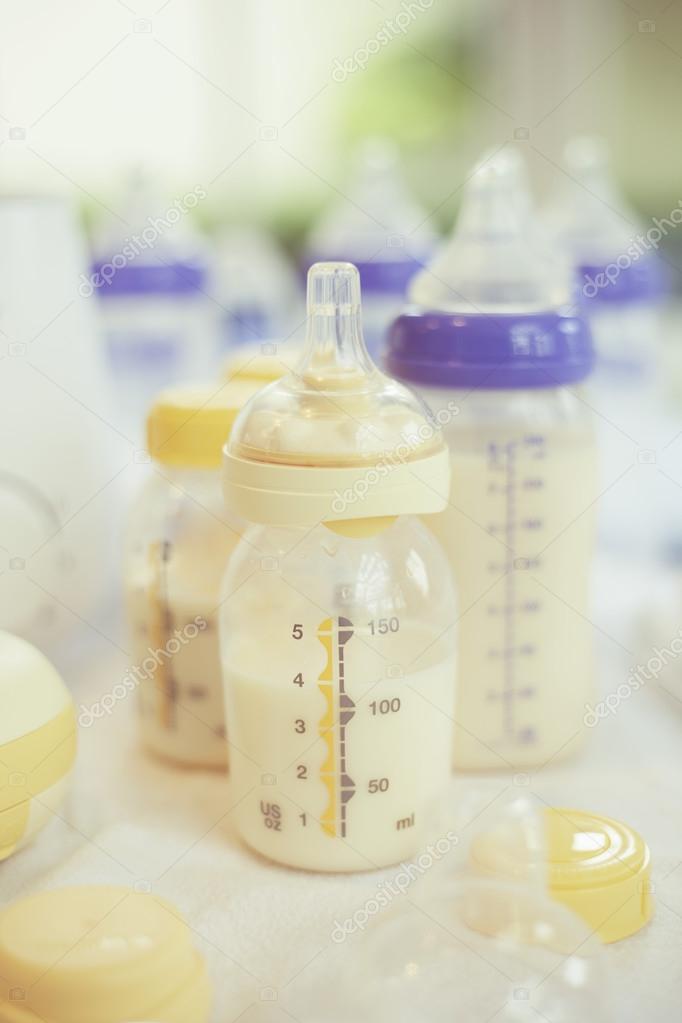 As mentioned above, you can build up a supply of breastmilk before you go to work and then pump regularly to support milk production, prevent discomfort, and make sure your baby has enough pumped milk the next day. Many companies now provide dedicated pumping rooms, and modern breast pumps work efficiently and reliably. If you have a regular work schedule or work part-time, you can still breastfeed your baby before and after work and at night.
As mentioned above, you can build up a supply of breastmilk before you go to work and then pump regularly to support milk production, prevent discomfort, and make sure your baby has enough pumped milk the next day. Many companies now provide dedicated pumping rooms, and modern breast pumps work efficiently and reliably. If you have a regular work schedule or work part-time, you can still breastfeed your baby before and after work and at night.
Solutions
- Express as often as you would feed your baby. This will help maintain milk production and prevent discomfort, as well as reduce the risk of clogged milk ducts, mastitis and breast swelling. 1
- Try double pumping. Double pumping not only takes half the time, but you get an average of 18% more milk than pumping from each breast in sequence. Milk is more nutritious and has a higher fat content. 2
- Assemble and bring to work the set, which includes a breast pump, milk storage bags and, if desired, a bustier top for hands-free pumping.
 You will also need a cooler bag to carry your expressed milk.
You will also need a cooler bag to carry your expressed milk. - Know your rights. In many countries, the law allows women to express and safely store breast milk at work. Discuss these options with your employer before returning to work. This will get you both ready.
Problem #3. It seems to me that the baby suckles only for pleasure
Sometimes you may feel that the baby takes your breast in order to calm down, and not to eat. However, do not forget that breastfeeding is not only nutrition, it is also comfort for your baby. "Soothing suckling" (when the baby suckles but does not eat milk) helps the baby to calm down and relax. Remember that a sudden increase in the frequency or duration of feedings may indicate insufficient milk production. However, if the baby continues to gain weight and you use enough diapers a day, this is unlikely.
Solution
- Please be patient. The baby needs your care - listen to his needs and support him.
 Usually, the period of soothing suckling does not last too long, but it allows the child to feel your love and protection - and this is the best thing you can give him.
Usually, the period of soothing suckling does not last too long, but it allows the child to feel your love and protection - and this is the best thing you can give him.
Problem #4. I want to switch from mixed to exclusive breastfeeding
Breastfeeding is so good for you and your baby that it's worth trying to fight for it. However, if you have rarely fed lately, your milk production may have been reduced. If your baby has only been mixed-fed for a couple of weeks, you will most likely be able to restore enough milk. Contact a lactation consultant or medical specialist who will help you and give you the necessary advice. This is a very individual process that depends on many factors. In any case, do not despair, because every drop of your milk is important for the child.
Solutions 1.3
- Increase milk production. Try to put the baby to the breast more often, because the more milk the baby consumes, the more milk is produced.
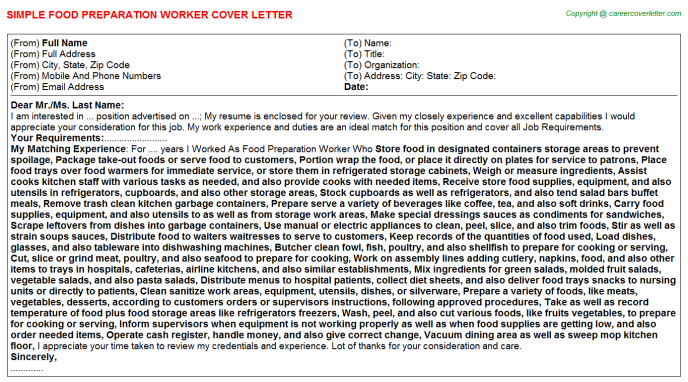 You can also express milk additionally. As mentioned earlier, double pumping in particular helps increase milk production.
You can also express milk additionally. As mentioned earlier, double pumping in particular helps increase milk production. - Be in physical contact with your baby as much as possible. As in the first days after childbirth, close physical contact with the baby promotes the production of the hormone oxytocin, which in turn triggers milk production. It will also make both of you feel more calm and relaxed.
- Reduce the number of formula feedings gradually. Resist the urge to stop supplementing with formula right away. If you gave your baby formula after each breastfeed, start giving it every other time until milk production rises. Keep a close eye on the number of soiled diapers and weight gain during this transition period. It is likely that at first the child will ask for the breast more often, and this is absolutely normal.
- Speak with a lactation consultant or healthcare professional. He will be able to help you and strengthen the confidence that your baby gets everything he needs.

Problem #5. My child has lost interest in the breast
If your child, who always ate with appetite, suddenly began to refuse the breast for no apparent reason, this is a false refusal, the so-called "strike". You may assume that he is ready to switch to solid foods, or that he does not like your milk anymore, but this is most likely not the case. It's just that the child develops vision, and now he is more distracted by the world around him. Or maybe something frightened the child during feeding, or he reacts to a violation of the regimen, perhaps he has a stuffy nose or teething. What you take for lack of interest may actually mean that your baby has simply learned to breastfeed more effectively and therefore takes less time to suckle.
Solutions
- Please be patient. False rejection is usually temporary and goes away after a few days. To provide the baby with the necessary nutrition during this period, give him expressed milk.

- Find a quieter feeding area with as few distractions as possible. Baby is more likely to eat better if he can relax and focus on his chest.
- Check in which position you feed. The baby may refuse to breastfeed if he is uncomfortable or unable to move his head to breathe during feeding.
- Express milk to keep it flowing . You can try feeding your baby with expressed breast milk using the Medela Calma smart pacifier.
- Do not start formula or solid foods. Supplementing with formula can lead to a decrease in milk production and will only worsen the situation. If your baby is regularly fed with expressed milk and is growing well, and the number of soiled diapers is normal, try not to worry. If the baby is less than six months old, you should not give him solid food: his digestive system is not yet strong and may not be ready for such a load.
- Do not force-feed.
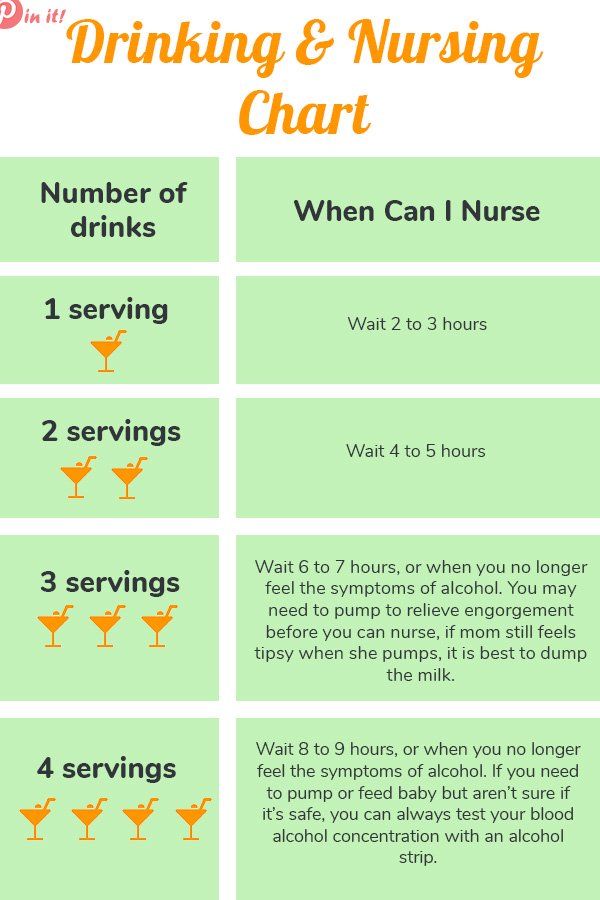 Try to relax and be in skin-to-skin contact with your baby as much as possible, hug him and often offer the breast so that he can take it on his own. The release of oxytocin that body contact triggers will also help you pump. 4
Try to relax and be in skin-to-skin contact with your baby as much as possible, hug him and often offer the breast so that he can take it on his own. The release of oxytocin that body contact triggers will also help you pump. 4
Related content: Breastfeeding: what to expect after the first month
Literature
1 Kent JC et al. Principles for maintaining or increasing breast milk production. J Obstet , Gynecol , & Neonatal Nurs . 2012;41(1):114-121. - Kent J.S. et al., "Principles for Maintaining and Increasing Breast Milk Production". G Obstet Ginecol Neoneutal Nurs. 2012;41(1):114-121.
2 Prime DK et al. Simultaneous breast expression in breastfeeding women is more efficacious than sequential breast expression. Breast Med . 2012;7(6):442-447. - Prime D.





